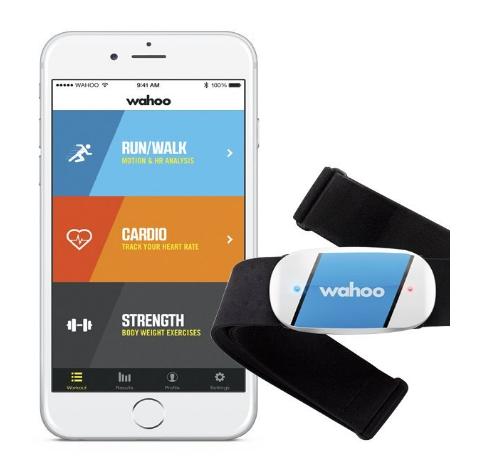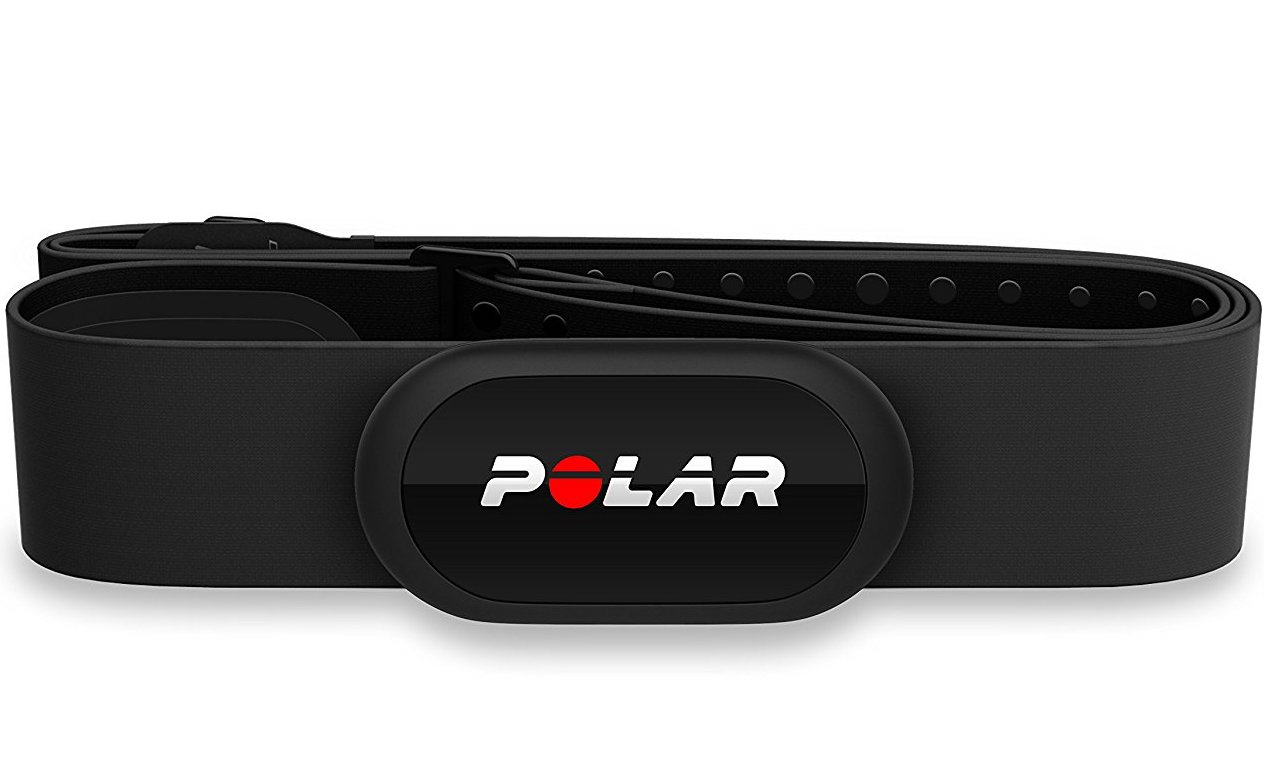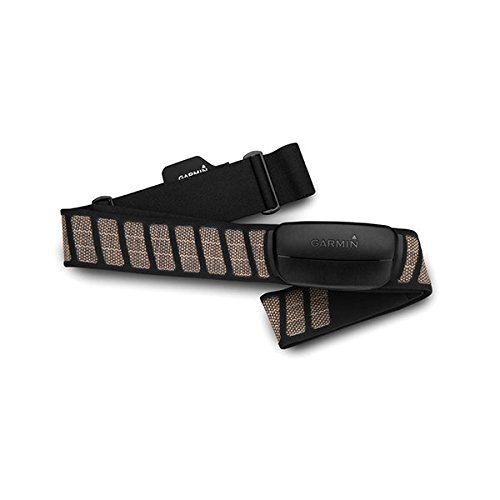How to get the most accurate heart rate measurement with your wearable

How to get the most accurate heart rate measurement with your wearable
Best answer: To most accurately measure your heart rate, you should consider a heart rate monitor you attach to your chest. Because these type of products are attached close to the heart, they are more accurate than wrist-based monitors. There are three of these monitors you should consider.Amazon: Wahoo TICKR X Heart Rate Monitor ($79)Amazon: Polar H10 Heart Rate Monitor ($70)Amazon: Garmin Premium Heart Rate Monitor ($70)
What heart rate monitors do
Heart rate monitors for the chest use a wireless sensor to detect your pulse electronically. In doing so, it sends this information to a receiver where it displays your heart rate. Chest-based monitors, which attach with straps, are the most accurate since they are closest to the heart. Others you can find on the market attach to your wrist, which can measure your pulse but aren't as accurate as those near the heart.
What features to look for
At the most basic level, chest-based heart rate monitors perform similar tasks. They are designed to give you continuous, average, high, and low heart rate data. More premium models also include GPS receiving capabilities to help you keep track of speed and distance, plus elevation and navigation functionality.
Why collecting this data is important
Exercise isn't solely about the distance or time you've traveled. The intensity of the workout is also important. Heart rate monitors allow you to track this intensity and then offer suggestions on what you should do to achieve your fitness goals.
For example, heart rate monitors can use the information they track to tell you when to slow down or speed up to maximize weight loss.
iMore offers spot-on advice and guidance from our team of experts, with decades of Apple device experience to lean on. Learn more with iMore!

Bryan M. Wolfe has written about technology for over a decade on various websites, including TechRadar, AppAdvice, and many more. Before this, he worked in the technology field across different industries, including healthcare and education. He’s currently iMore’s lead on all things Mac and macOS, although he also loves covering iPhone, iPad, and Apple Watch. Bryan enjoys watching his favorite sports teams, traveling, and driving around his teenage daughter to her latest stage show, audition, or school event in his spare time. He also keeps busy walking his black and white cocker spaniel, Izzy, and trying new coffees and liquid grapes.



